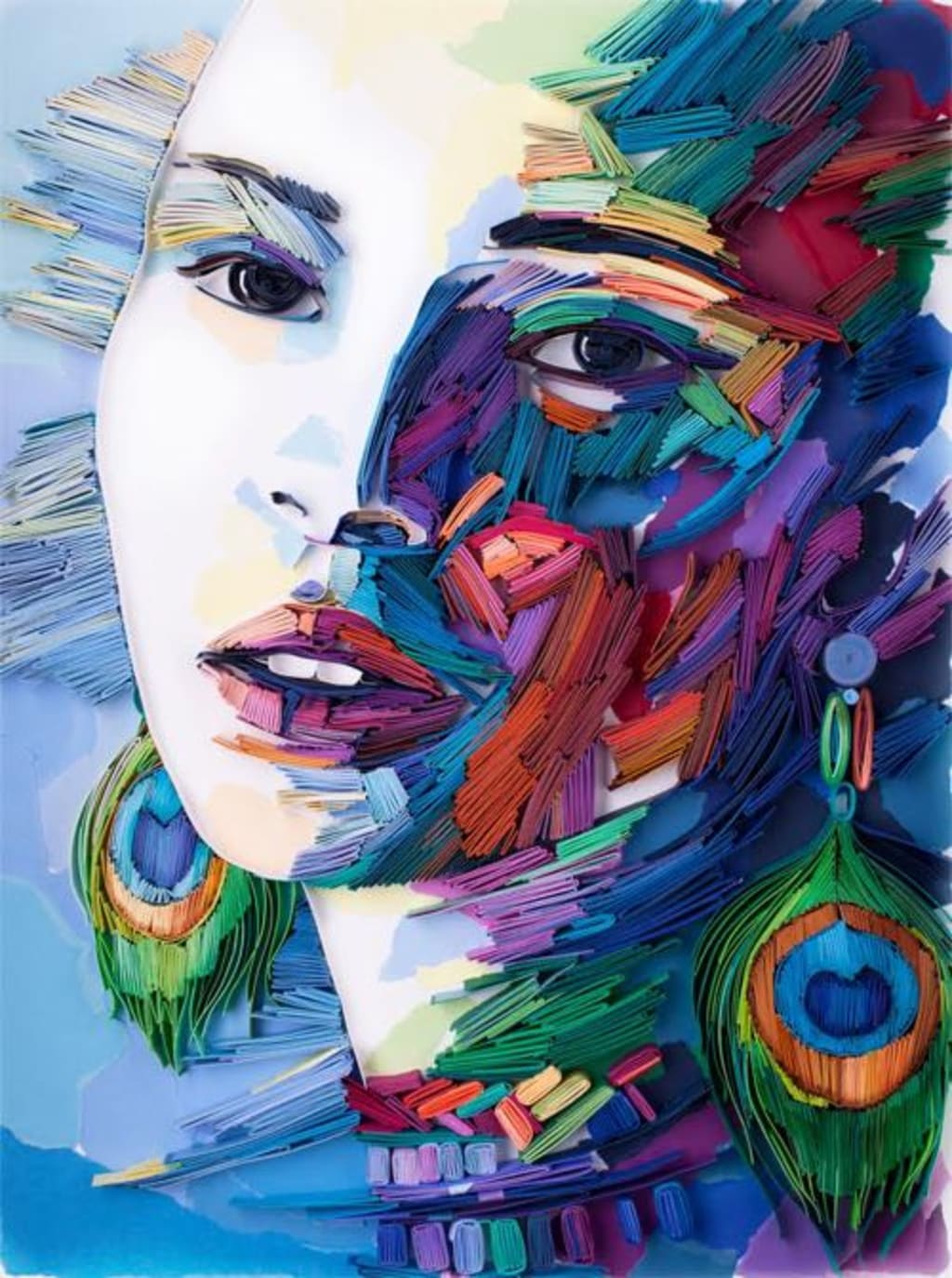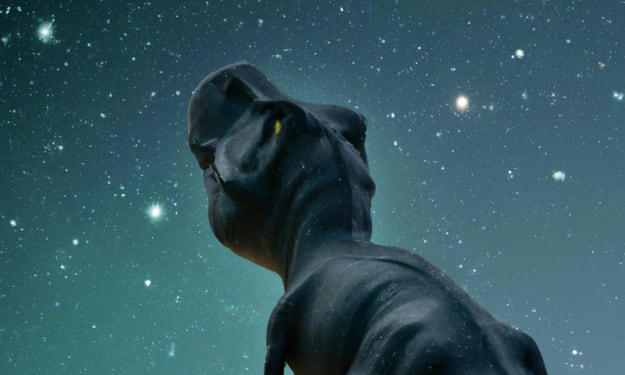Exploring Non-Traditional Art Forms:
Exploring Non-Traditional Art, Performance Art, Installation Art, and Beyond

Introduction
Art is an ever-evolving field that has gone through numerous transformations and revolutions throughout history. With the advent of technology, globalization, and postmodernism, the traditional forms of art, such as painting and sculpture, have given way to new and non-traditional art forms. These non-traditional art forms are characterized by their focus on experience, participation, and engagement, challenging the boundaries between art and life. This essay will explore two of these non-traditional art forms, performance art and installation art, and beyond.
1. Performance Art

Performance art is a form of art that involves the creation of live performances, typically in front of an audience. It is a form of art that has its roots in the 1960s, and its emergence was linked to the social and political upheavals of the time. Performance artists often use their bodies as a medium, and their performances can take the form of dance, theater, music, or any other type of live performance.
One of the defining characteristics of performance art is its focus on the experience of the audience. Unlike traditional art forms, where the artwork is created beforehand and the audience views it in a passive manner, performance art involves the audience in a more active role. The audience is not just passive viewers but becomes active participants in the creation of the artwork. The artist may interact with the audience, ask them to participate, or create a space where the audience can become part of the performance.
Another defining characteristic of performance art is its ephemerality. Performance art is not meant to be preserved or recorded in the same way that a painting or sculpture can be. The artwork exists only in the moment of the performance, and once it is over, it is gone forever. This adds to the sense of immediacy and intensity that is often present in performance art.
One of the most influential performance artists of all time is Marina Abramović. Her work often involves endurance and pain, and she has become known for her extreme performances that push the boundaries of what is acceptable in art. In her performance piece, "The Artist is Present," Abramovich sat in a chair for hours at a time, facing a table. Visitors were invited to sit across from her, and she would look into their eyes for as long as they wished. The piece was a meditation on the nature of the human connection, and it was immensely popular, drawing crowds of people who waited in line for hours to participate.
2. Installation Art

Installation art is another non-traditional art form that has gained popularity in recent years. It is a form of art that involves the creation of large-scale, site-specific works that are designed to transform the space they occupy. Installation art can take many forms, from sculptures to immersive environments, and it often blurs the boundaries between art and architecture.
One of the defining characteristics of installation art is its use of space. The artist must consider the space they are working with and how their artwork will interact with it. Installation art often requires a large amount of space, and the artwork may extend beyond the traditional boundaries of the gallery or museum space.
Another defining characteristic of installation art is its immersive quality. The artwork is designed to envelop the viewer, creating an experience that goes beyond the visual. Installation artists often use sound, light, and other sensory elements to create an environment that is both visually and emotionally engaging.
One of the most well-known installation artists is Yayoi Kusama. Her installations often involve the use of mirrors, dots, and bright colors, creating a sense of infinity and repetition. In her installation piece, "Infinity Mirrors," Kusama created a series of rooms filled with mirrors, lights, and colorful polka dots. The effect was mesmerizing, and viewers were transported into a world of infinite reflections and patterns. The piece was designed to create a sense of infinity and self-reflection, encouraging viewers to reflect on their place in the world and their relationship to the infinite.
3. Beyond Performance and Installation Art

While performance and installation art are two of the most well-known non-traditional art forms, there are many other forms of art that are also pushing the boundaries of what is possible in art. Here are a few examples:
• Social Practice Art - Social practice art is a form of art that focuses on social engagement and collaboration. Artists who work in this medium often work with communities or organizations to create artwork that addresses social issues or fosters social change.
• Video Art - Video art is a form of art that involves the use of video technology to create art. Video art can take many forms, from single-channel videos to multi-channel installations, and it often blurs the boundaries between art and cinema.
• Bio Art - Bio art is a form of art that involves the use of biological materials, such as living organisms or DNA, to create artwork. Bio artists often explore issues related to biotechnology, genetic engineering, and the relationship between humans and the natural world.
• Digital Art - Digital art is a form of art that involves the use of digital technology to create artwork. Digital art can take many forms, from digital prints to interactive installations, and it often blurs the boundaries between art and technology.
Conclusion
Non-traditional art forms such as performance art, installation art, social practice art, video art, bio art, and digital art are challenging the boundaries of what is possible in art. These art forms are characterized by their focus on experience, participation, and engagement, encouraging viewers to become active participants in the creation of the artwork. They often require large amounts of space and are designed to envelop the viewer, creating an immersive and emotionally engaging experience. As technology continues to advance and the world becomes more globalized, we can expect to see even more new and innovative forms of art emerge in the coming years.
About the Creator
RS Creation
Search makes a person perfect, and in today's modern technology world, new information is learned through search.
He is created as a man. I am happy to share with you the many information that I have read and learned through my search.






Comments
There are no comments for this story
Be the first to respond and start the conversation.